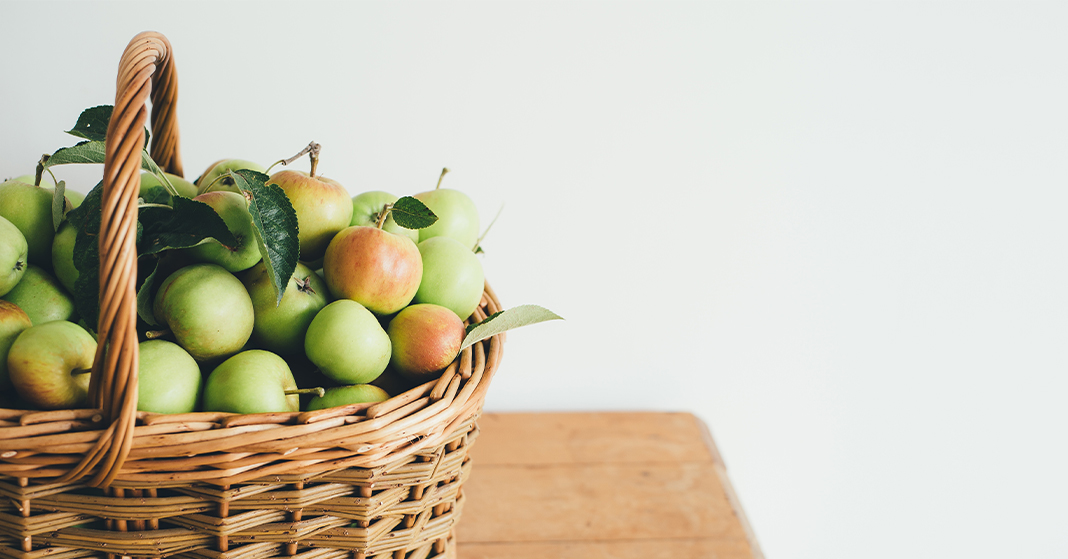
There’s nothing like the crisp, sweet taste of a fresh apple—except maybe the warm, sugary flavor of an apple cider doughnut melting on your tongue. For many families, visiting an apple orchard becomes a prized yearly tradition. But after all the apple-picking fun and the enjoyable orchard activities, you might be left with bushels of apples—more than your family can eat. Check out these five types of apple projects to do after your orchard visit.
• Edible Apple Projects
Apple pie is an obvious way to use up some of those apples, but don’t forget about apple cobbler, apple turnovers, apple pancakes, apple breads, and apple muffins. If you’d like to save some of these goodies for later, research freezer-friendly recipes.
Feeling ambitious? Try making your own apple butter, apple sauce, or apple chips. You can even use these apple activities as teaching opportunities! Talk to your kids about the chemical processes involved in changing the fruit from one form to another.
• Raw Apples in Everything
Try raw sliced apples in all kind of dishes! Make finding new ways to include apples in favorite meals a game with your kids. Thinly-sliced raw apples add a bit of extra crunch to sandwiches. They lend sweetness to salads and coleslaw. Dice the apples and sprinkle them over carrot soup, pumpkin soup, oatmeal, or cereal. You can even find recipes for spicy apple salsa!
• Apple Drinks
The cider you purchase at the orchard always seems to vanish too quickly. Why not make your own slow-cooker apple cider? You can also squeeze the apples and create homemade apple juice. If you’ve got a blender, add apples to smoothies for breakfast or snacks.
• Apple Candle Holders
If you’ve got some apples that are bruised or otherwise inedible, hollow them out and insert tea-lights. You’ll have an instant set of fall-themed, sweet-smelling candle holders that will beautify your kitchen island or your table for at least a week or so.
• Apple Potpourri
Follow this recipe to create delightful simmering potpourri that will make your home amazingly fragrant for the fall holidays. You can also create a dried version that looks and smells appealing. Consider putting extra batches in bags or jars as holiday gifts.
With some time, creativity, and the right recipes, you can take full advantage of the bounty you bring home from the orchard this year! Experiment with these apple projects, and let us know if you discover some favorite apple activities we haven’t included here. Happy apple-picking!
• • • • •
Rebecca is a work-at-home freelance writer, novelist, wife, and the mom of two bright-eyed little ones. She credits her success in writing and her love of books to her own mom, who homeschooled three kids from pre-K through high school.